You may have heard that the pandemic has been good for the environment, cleaning up the canals in Venice as one example and basically allowing the Earth to heal while the humans are all cooped up indoors. That’s a popular narrative throughout the world, but determining whether these changes are positive or negative in the long run requires a much fuller investigation of how the pandemic has affected the environment.
With a decrease in traffic and air travel, you might think that there’s been a decrease in air pollution and toxin emissions. And according to Catharine Fraser, Clean Air Associate with Environment Texas, this is partially true.
“Some of the most common pollutants from cars and trucks–so I’m thinking of ozone pollution or nitrogen oxide pollution, particulate matter–has decreased in some capacity without the usual amount of cars and trucks on the road.”
Texas State Climatologist and professor of atmospheric sciences at Texas A&M, Dr. John Nielsen-Gammon, supports this saying that carbon dioxide emissions, in particular, are down.
“Transportation is one of the major contributors to carbon dioxide emissions, between one-fourth and one-third of total CO2 emissions. And that has gone down significantly. Air travel has gone down by more than 50%. Vehicle travels, cars and such, has gone down by around 50%.”
But unfortunately, that isn’t the whole story. Transportation is only one source of environmental harm. There are others: manufacturing for example.
As Fraser points out, “The EPA (Environmental Protection Agency) announced mid-March that they are going to no longer require companies to monitor and report any illegal emissions events at facilities.”
Because there will be no required monitoring, there will also be no way to determine what invisible pollutants are going into the air and compounding the problem in places like Houston’s petrochemical corridor, where oil refineries and chemical plants are so renowned for being dirty that they are part of a tourist attraction known as the “Toxic Tour.”
Dr. Matthew Berg, a climate resilience scientist in Houston, says that while skies might be clearing over Los Angeles and Dehli, “at the same time, things like power plants are still generating pollution, because we’re all still at home and actually using more electricity than we used to because everyone is home all of the time.”
And climate change hasn’t been given a break either.
“In the short term we see a decrease in emissions,” Nielsen-Gammon said, “but in the long run it puts off our transition to a low carbon economy.”
Part of this is because of the impact the virus is having on our economy. Not only does it reduce traffic, but it reduces the amount of money and resources available to work on climate solutions.
Another impact, Nielsen-Gammon notes, is the inability for nations to meet in order to work on the Paris Accord.
“The next follow-up meeting… in which the countries were supposed to hash out details of implementing their proposed reductions, was just postponed by another year, unfortunately.”

While there has been a reduction in transportation-related carbon dioxide emissions, there also has been an increase in trash headed to landfills as a result of a pandemic-necessitated sedentary lifestyle. Photo by Lucy Marco.
The virus has also caused a higher production of waste headed to landfills.
“Now that folks are home, they are taking more trash out, so they have been overloaded,” Fraser said.
But other issues have surfaced as well, like the big increase in plastic bag usage.
“One thing that’s interesting is that earlier this year and even late last year some cities had banned plastic bags, which was great,” Berg said. “But now some of those same cities, because of the pandemic concerns, have said you can ONLY use plastic bags because we don’t trust the ones that you bring from your house.”
Dr. Berg points out that the pandemic has caused a complete reversal, moving away from excessive plastic use to society thinking, “I want everything covered in plastic because that way I can trust that there’s no virus on it.”
Berg said that another detriment to the environment is the increase of food waste at farms.
“Because we’re not eating out as much, a lot of dairy farmers, in particular, have gotten calls that no one is able to store or buy the milk, so they are being told that they have to go dump their milk because otherwise, it will go bad because no one is going to buy it,” he said.
Berg further explains that the case with dairy is similar to traditional crops.
“People have to pick the crops because they can’t use machines, and not a lot of people want to go out, they are concerned about going out, they aren’t allowed to go out and work. So a lot of the food is going bad on the plants before it can even get picked.”
And it’s not just agriculture that has been hit by a precipitous drop in consumer demand. The fashion industry has also been hit hard with the debut of spring collections coinciding with the shut down of social gathering and economic activity.
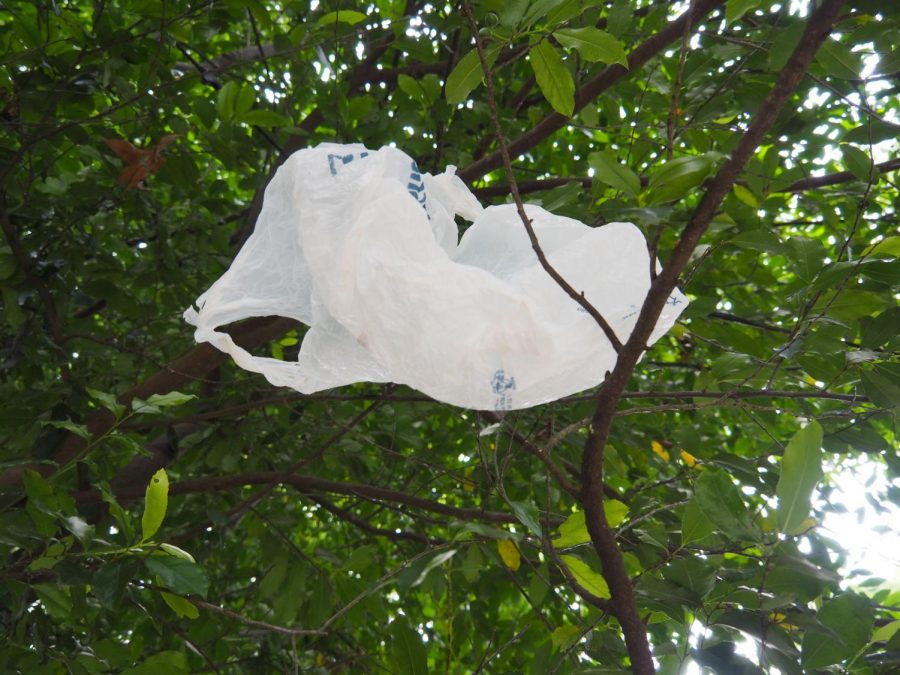
Near Central Market, a discarded plastic bag is suspended in a tree after the handle of the bag snagged on one of its branches. Public attitude toward plastic bag usage has done a 180 in the wake of COVID-19. Once derided at an environmental harm, the bag is preferred because it is less likely to transmit the virus. Photo by Lucy Marco.
Berg said that with retail displaying their spring collections while their stores are closed down, their experience is parallel to agriculture and dairy farms. With spring collections sitting unsold in closed stores, “there’s a question of what to do with all of this unpurchased stuff.”
In the bigger picture, the disruption in our economy and the resulting waster that’s created by that disruption has a more profound effect on climate change and air pollution.
“Even now you hear people saying that they just want to get back to the way things were,” Berg said, “but if we do, this little blip and reduction in emissions won’t even matter because we’re just going to go back to where it was.”
The pandemic’s effect on the economy will also have an environmental impact, Neilson-Gaimon says, because the government will have less money to spend on climate solutions.
“So in the short term we see a decrease in emissions, but in the long run it puts off our transition to a low carbon economy.”
To put it another way, Katharine Hayhoe, atmospheric scientist at Texas Tech University, says that the environmental gains we’ve seen with COVID-19 won’t make a long-term difference.
“Pandemic-related carbon reductions are likely to be short-lived and insignificant in the long-term because they’ve been achieved by unsustainable actions.”
While climate experts conclude that the pandemic’s overall effect on the environment is bad, there may be a silver lining to be found in a newfound appreciation for the natural environment.
With the pandemic and shelter-in-place, bored is a word that comes to mind for a lot of people. With little else to do than go outside on walks and to hang out, Berg says that a growing number of people are understanding the importance of nature and appreciating it.
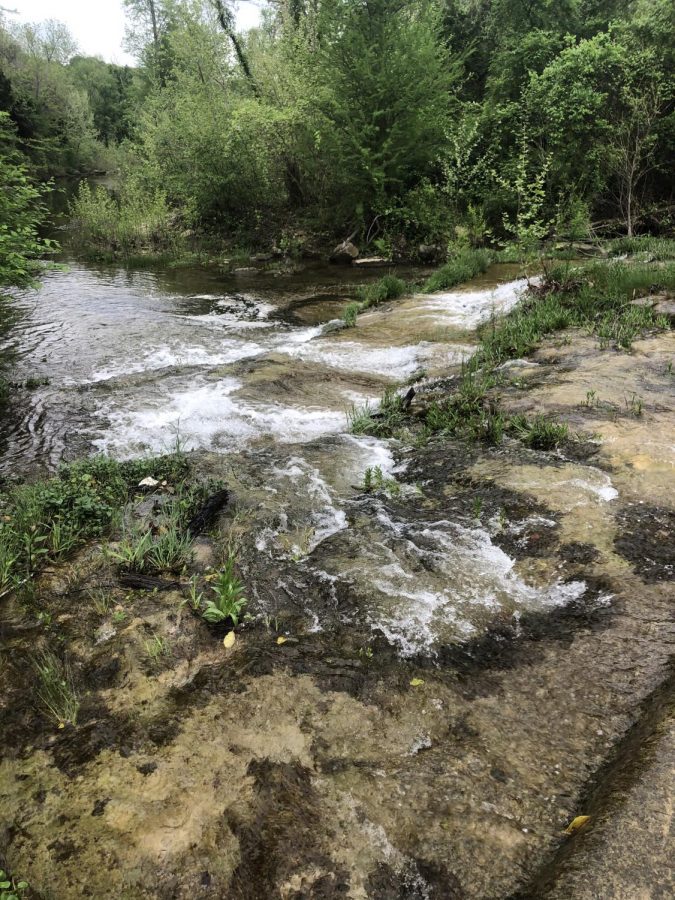
Sophomore Serenity Kirby captured this image while on a family hike with her mother at St. Edward’s Park. They went on the adventure in order to get some fresh air and get out of the house before all the public parks were banned due to COVID-19 restrictions. “Ever since quarantine started the air seems fresher, and not as polluted, and the scenery just looks healthier,” said Lacey Pair, Kirby’s mom. “It makes me happy to see improvements in our environment.” Photo by Serenity Kirby.
“I think if you’re being forced to just interact through the internet, that’s not enough to fill you up,” Berg said. “I think we’ve all reached the end of what is entertaining and what is exciting and we’re bored and hungry for a lot more. When we’re surrounded by news, news, news, and when you go out into nature, just the silence, the birds and breeze, is super calming. So it just kind of lets you get a little more strength to do another day and do it all over again.”
While he stressed the importance of not over-crowding the parks once quarantine is over, he remained hopeful that one outcome of the pandemic might be that people do a better job of understanding that parks that aren’t just sports fields but rather a resource that we should make a staple of daily living.
We should “integrate parks and natural spaces into everyday life all of the time,” Berg said.
Catherine Fraser agreed that spending time outside is both beneficial for mental and physical health.
“Before all the trails shut down in Austin, it was amazing to see how many people were outside, and I think that has been a similar story across the country. People are going on walks again. So I think there is a new appreciation for nature,” she said, “and actually we just launched a mini campaign called Greener Together, where we’re compiling resources for folks to get outside and connect with nature in a safe way while we’re all apart to help foster that connection.”
So how do we transition the lessons of this difficult time into long-term, sustainable improvements? According to Hayhoe, the answer is to make changes to our daily life in order to protect the environment once the economy and social interactivity return to something more like normal operation.
“The solution is not to shut down the economy as we’ve seen in the last few weeks,” Hayhoe said. While “falling oil prices and recovery packages may divert attention and resources from climate action and clean energy,” Americans can still make choices that will make a big difference.
“Sustainable solutions are to use our energy more efficiently, be less wasteful, and figure out how to get our energy from other sources.”



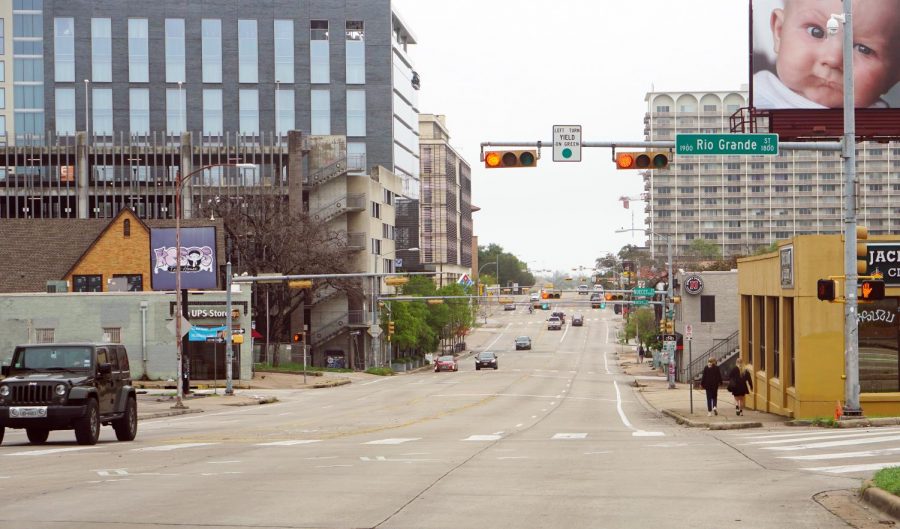

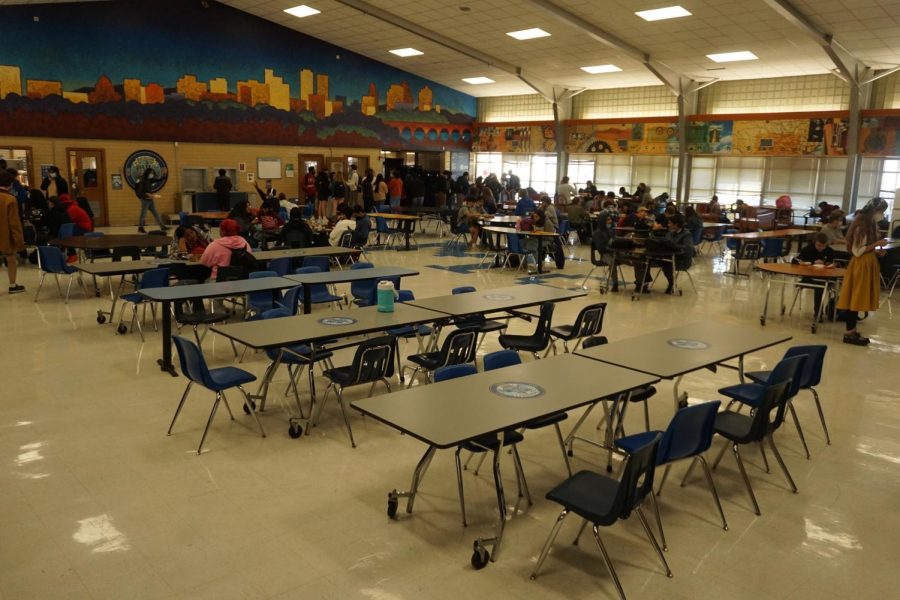
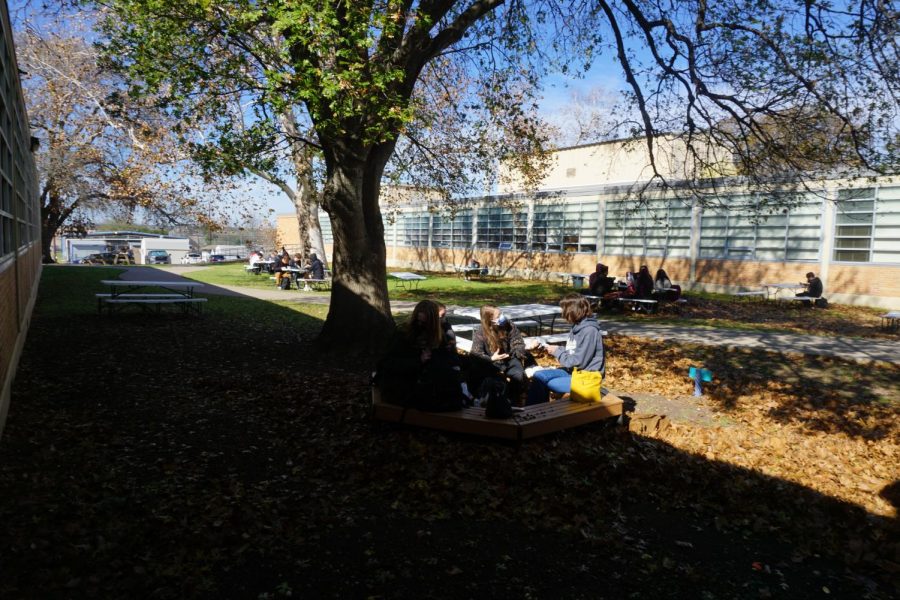

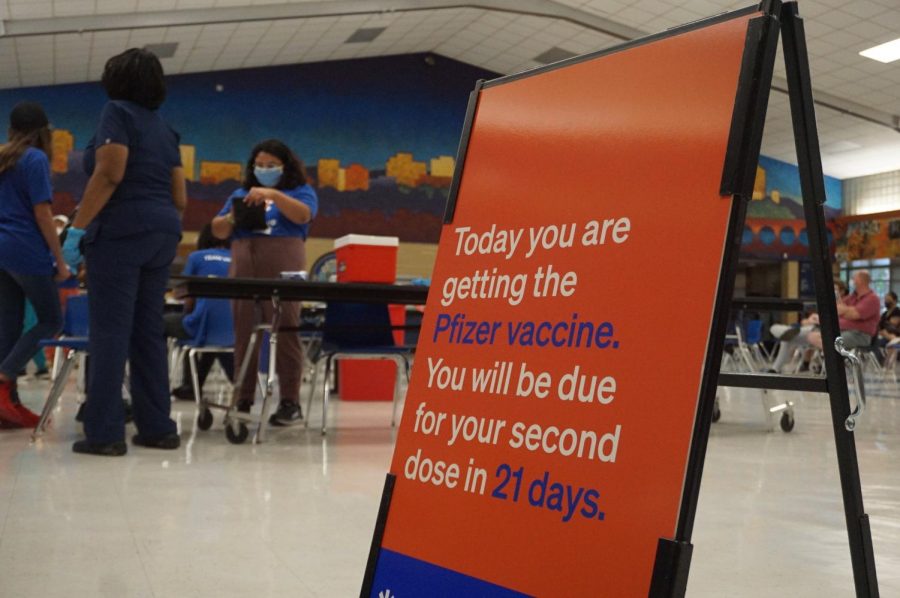
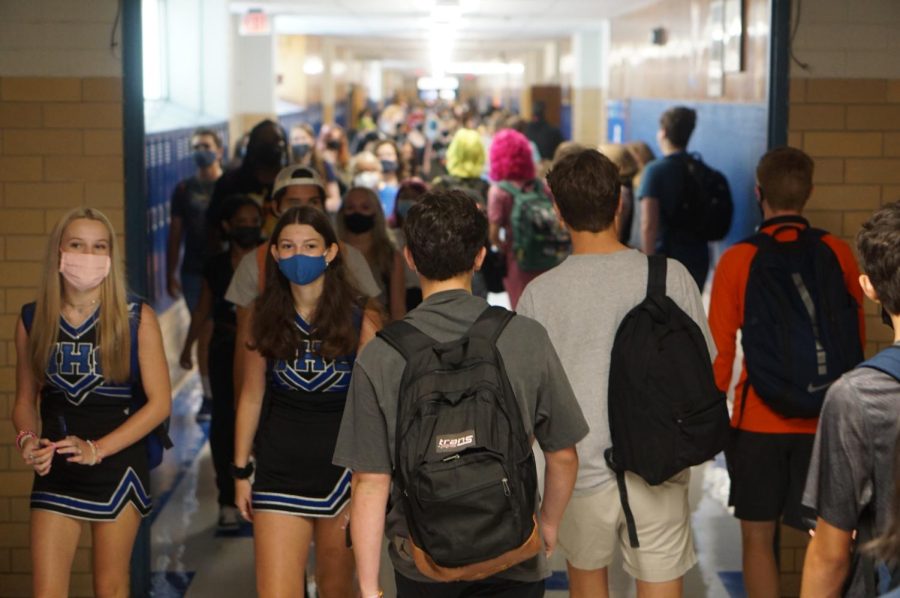


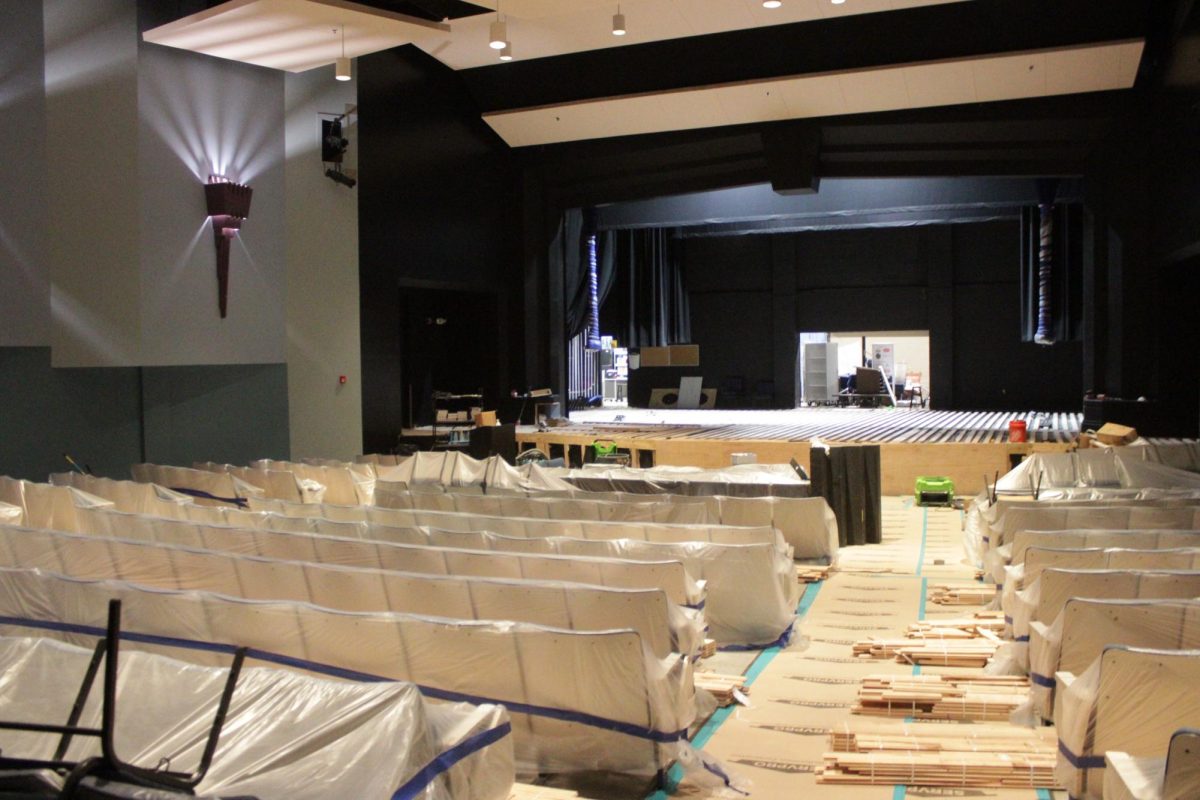

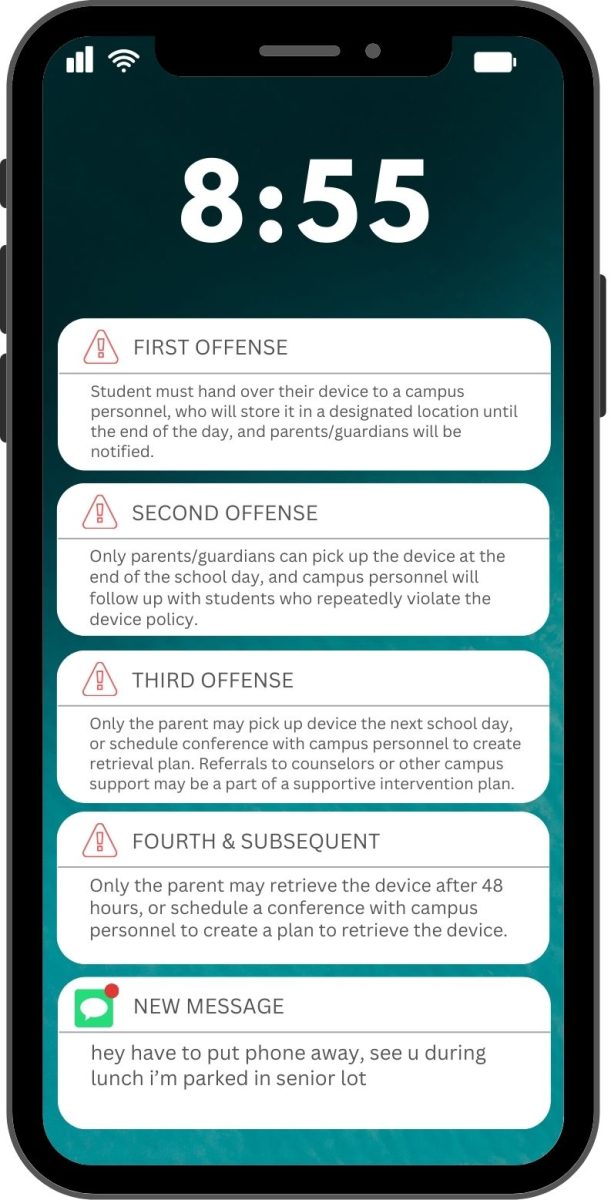
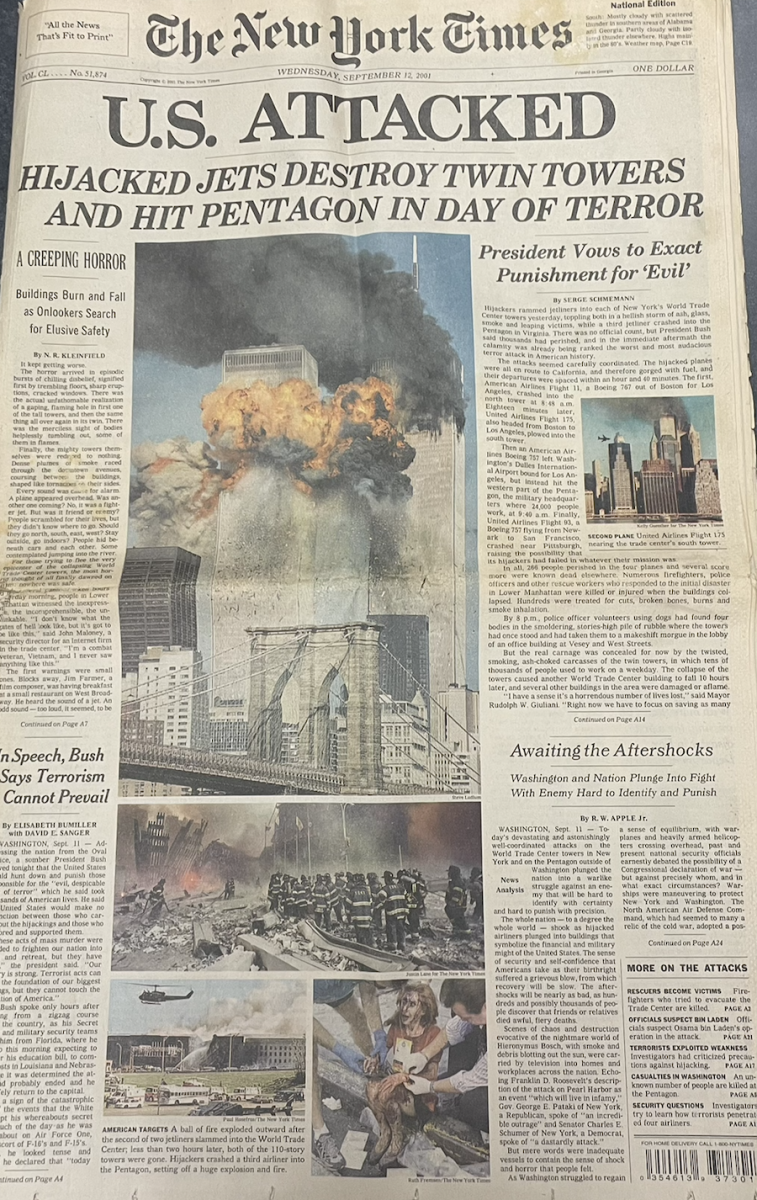
John Hunter • May 11, 2020 at 8:24 pm
Well done, Lu! Good research and clear reasoning, and the piece is very well written. Kudos!
Stephanie Hunter • May 11, 2020 at 2:33 pm
Wow, Lucy, great article! That’s a lot of really good information, and as always your writing is terrific! Thank you!
Stephie